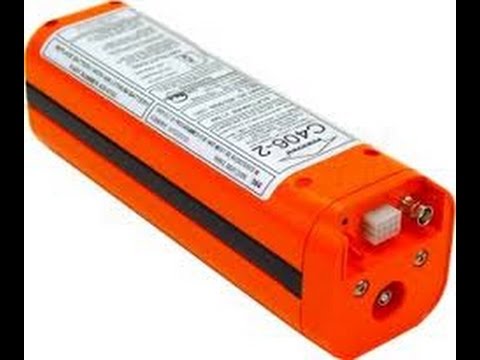- paul
- A
Student - Single Engine Land Planes
- 45 Posts
- 5 Comments
Notes from the video:
- Dew point - temperature to which air must be cooled to become saturated.
- fog - cloud near the earth’s surface.
- forms by:
- cooling air to the dew point or
- adding moisture to air near the ground.
- usually prevalent in industrial areas from abundance of condensation nuclei from combustion products which gives something for the water droplets to attach onto when condensation happens.
- clouds, fog, or dew will always form when water vapor condenses.
- forms by:
- when the temperature/dew point spread is 5*C or less, fog is likely.
- if you are planning on arriving at your destination near dawn or dusk, fog is likely since the temperature is dropping.
- 5 different types of fog you might encounter
- can use the sentence Fog Usually Seems Present After Rain to memorize them.
- Upslope Fog
- wind blows moist air up a slope and as the air increases in elevation, it cools and the dew point/temp converge
- Steam Fog
- cold air moving over a warmer body of water.
- air is cooled from above and the rising moist air is cooled to the dew point.
- low level turbulence and icing can sometimes occur from the unstable setup of cold air over a warm moist surface
- Precipitation Induced
- rain is added to a hot mass of air and the dew point increases
- Advection Fog
- advection refers to a horizontal movement
- common in coastal areas where wind blows warmer moist air over to a cooler surface
- could be a chilly land mass at night when wind blows the warmer moist air over the water to the land
- Radiation Fog (ground fog)
- heat radiates away from the ground and as the ground cools, the dewpoint and temp converge
- most common in warm, moist air over low, flat areas on calm, clear nights.
Other Notes:
Dew point can be measured or calculated. It is measured by a hygrometer which has a chamber with a mirror, a light beam, and a light detector. When the air in the chamber is cooled to its dew point, dew will form on the mirror. The dew, which is tiny water droplets, blocks some of the light and the light detector can sense this indicating that the air has reached its dew point. See Cleveland.com: What is dew point? Is it measured or calculated? Reader’s questions answered
I liked how in this video he talked about the importance of the CG and how if you have it aft of the limit, it might make it impossible to recover from a spin.
I felt this was kind of hard to follow although the topic was interesting. They weren’t showing sectionals that represented the airspace while talking about it and that would have made it easier to digest.















Hey everyone,
I’ve just created a bot called wings that searches for FAA webinars and posts them to the Aviation Events Community. I’d love to hear your feedback and suggestions on how to improve it. Check it out and let me know what you think!